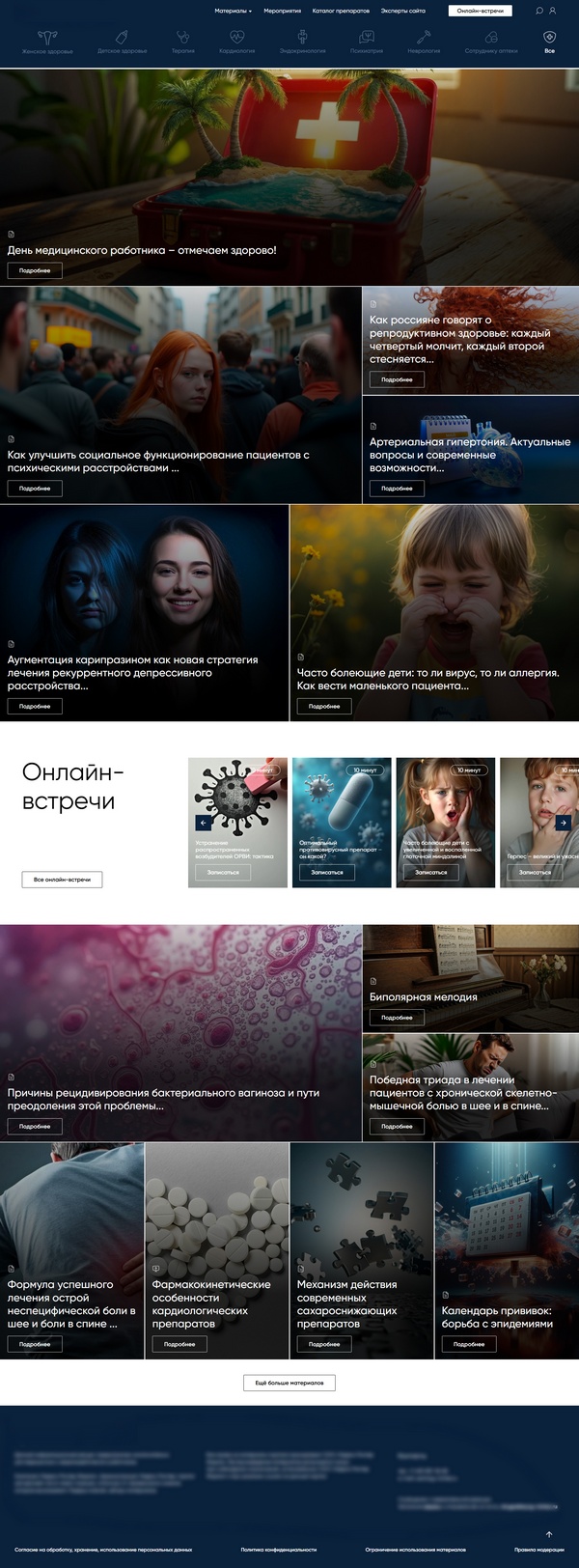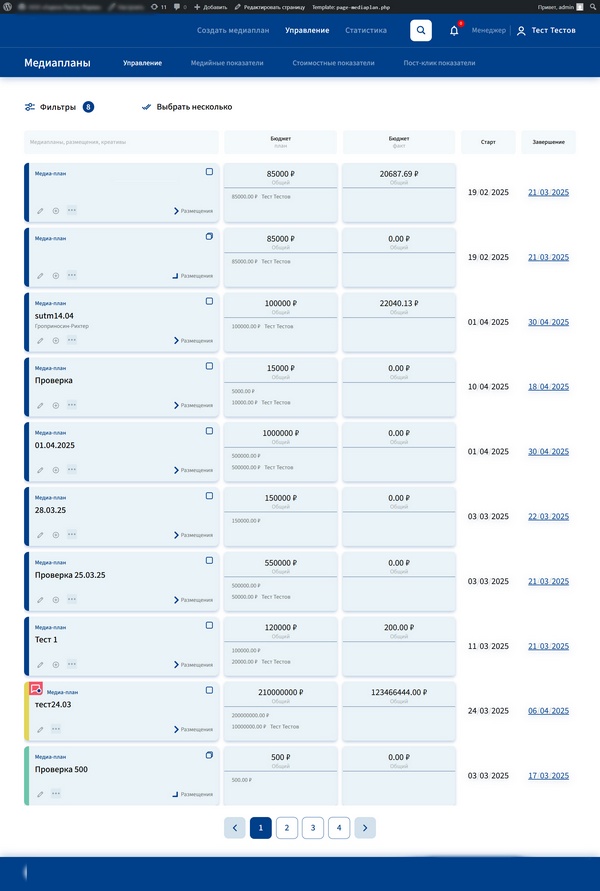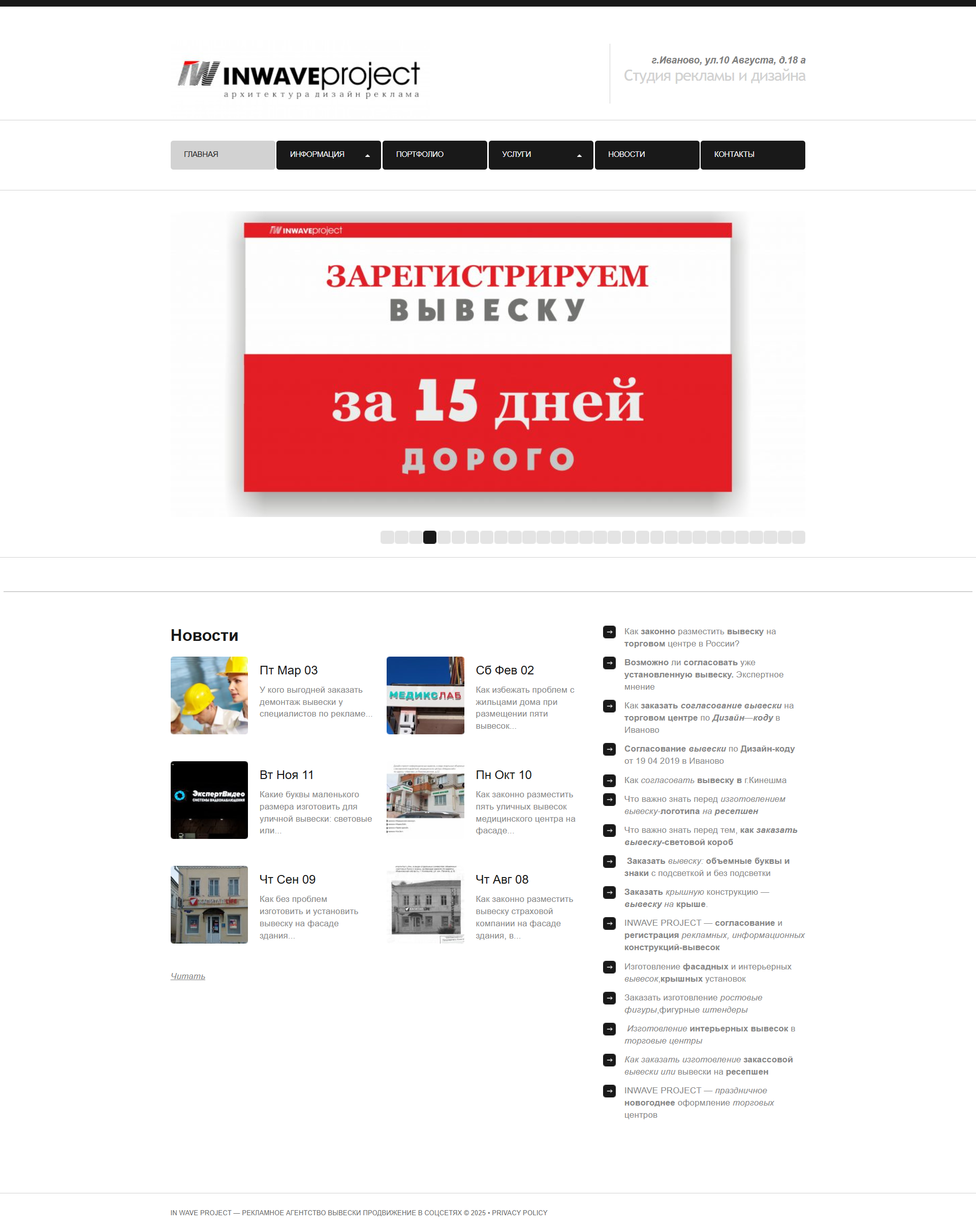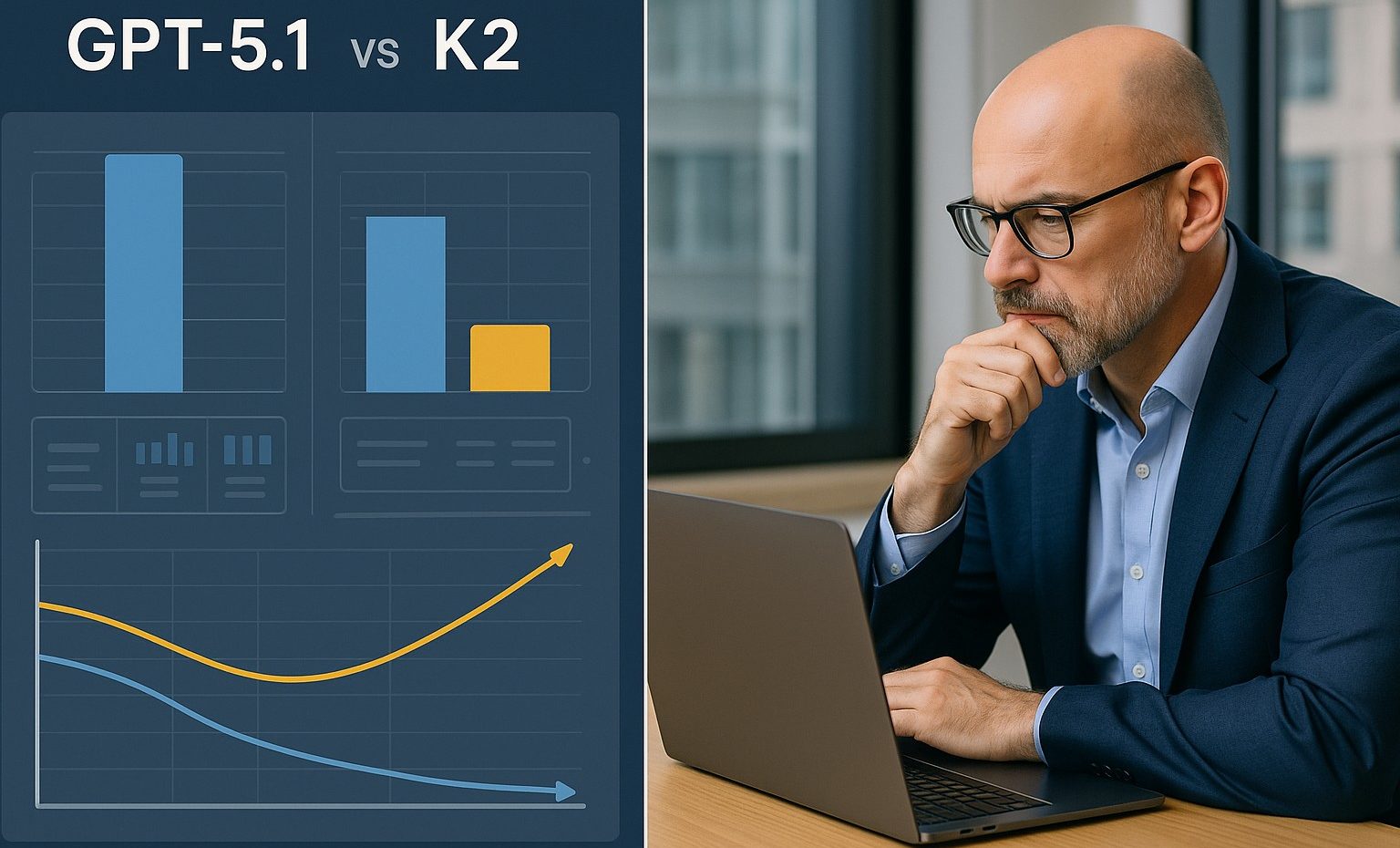GPT-5.1 vs Kimi-K2 Thinking. Why this week changed the real cost of your AI stack
Here’s the thing
This week was not just about new models.
It was about your bill.
Vendors shipped prettier names and nicer benchmarks.
But under all that, 1 question became very simple.
If you sit on GPT-5 right now, do you pay more for 5.1.
Or do you move to K2 Thinking and pay less for the same work.
Let me break it down in normal founder language.
What actually changed in models
GPT-5.1 got smarter and faster
OpenAI pushed GPT-5.1.
Better reasoning. Lower latency. More control over tone.
For any multi step workflow it means:
- fewer stupid mistakes
- fewer retries
- more stable output over long chains
From a product side it is great.
From a finance side it matters only if quality gain is bigger than the cost jump.
The rest of the field kept pushing
Apple is wiring Gemini into Siri for around $1B.
Baidu showed a stronger multimodal ERNIE.
Tencent plays with vector based token generation.
Microsoft talks about an AI superfactory.
Google moves browser agents from slides into real APIs.
Nice headlines.
But if you already run production workloads, the real impact is simple.
Competition between models is strong enough that you finally have a real choice.
The brutal truth about cost
If you sit on GPT-5 today, you really stand at a fork.
And it has numbers on both sides.
Option 1 switch from GPT-5 to GPT-5.1
What you get
- better answers on complex tasks
- lower latency for users
- nicer controls for style and safety
What you pay
In many real setups total workflow cost grows.
Why.
- prompts get a bit larger
- chains get a bit deeper
- teams relax and add “just 1 more step” everywhere
Net result for a lot of companies.
The same pipelines cost around +40% more month over month.
If your use case is very sensitive to answer quality
support tickets, legal, medicine
this may still be the right move.
You accept the bigger bill to reduce risk.
Option 2 switch core workloads to K2 Thinking
Here the logic is different.
On many coding, analysis and agent style tasks K2 Thinking is already close to GPT-5 quality.
Sometimes better, sometimes a bit worse.
But the gap is not 4x.
The gap that is 4x sits in cost.
Rough picture that I keep seeing
- same workflow
- same structure
- K2 Thinking instead of GPT-5
And the bill goes down by around 4x for the compute part.
You still pay your infra.
You still pay your people.
But the model line in the P&L suddenly stops hurting.
How I would test this if I were you
Do not rebuild the whole product.
Do not run “innovation workshops”.
Pick 1 real flow.
For example:
- weekly report generation
- sales email drafting
- support summarisation
- data pipeline with agents
Then do this.
- Measure how much you pay on GPT-5 for this 1 flow in a normal week.
- Clone it to GPT-5.1 with minimum changes. Measure again.
- Clone it to K2 Thinking. Measure again.
Compare 3 numbers:
- quality seen by users or staff
- latency
- exact dollar cost for this flow
Now choose.
If GPT-5.1 gives a visible uplift in result and you can live with roughly +40% cost, keep it.
If K2 Thinking gives comparable result and cuts cost by about 4x, move this flow there.
Then repeat with the next flow.
Step by step you turn “AI spending” into something you can actually control.
What this means for your roadmap
This is not a religious war between models.
This is just stack math.
You can even run a mix:
- GPT-5.1 only where quality is life or death
- K2 Thinking on everything routine
- maybe 1 more specialist model for vision or speech
The winners in the next 12 months will not be the ones who “picked the right model”.
The winners will be the ones who know exactly what each token costs and what each token earns.
If you want help with the numbers
We spend our days doing exactly this for clients.
We redraw flows, switch models and show how much money stays in the company after every change.
If you want me to look at your stack with this logic, leave a comment on the post or send me “stack math”.
We will talk through 1 real workflow and see where your hidden money sits.















